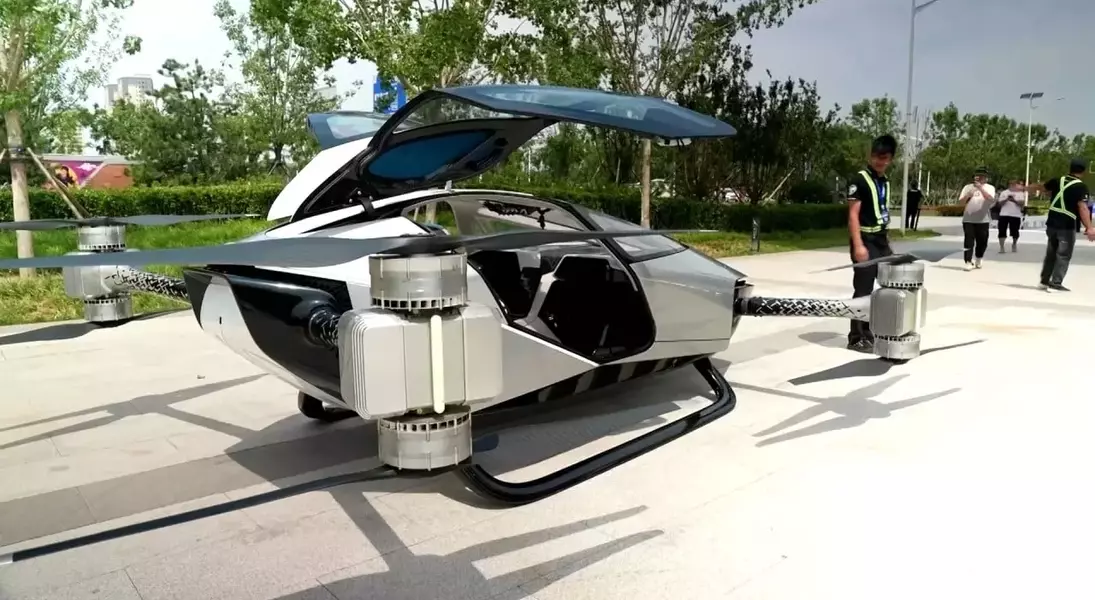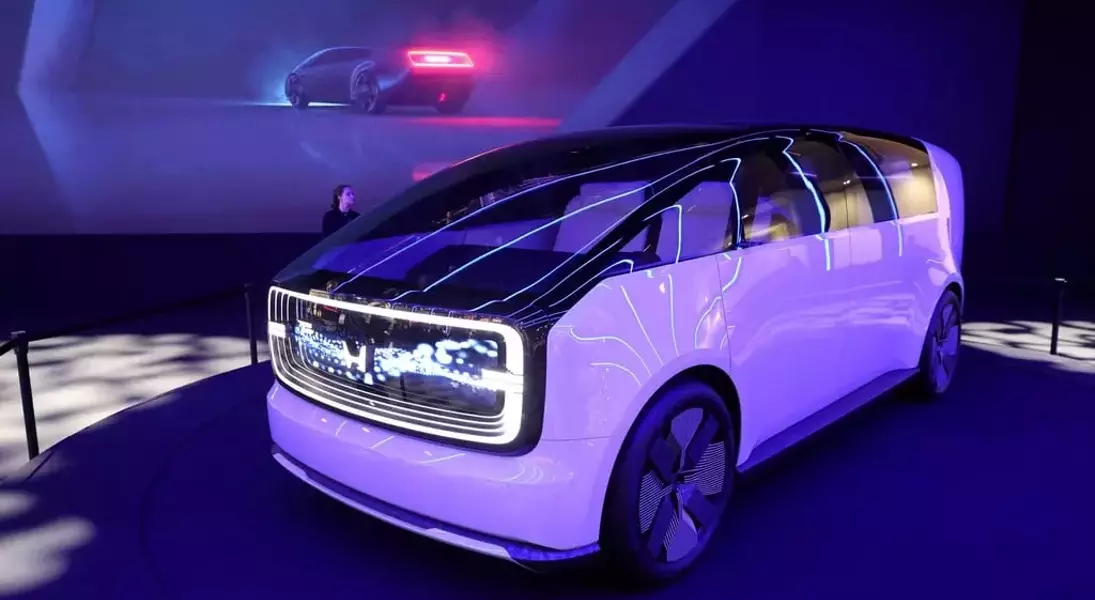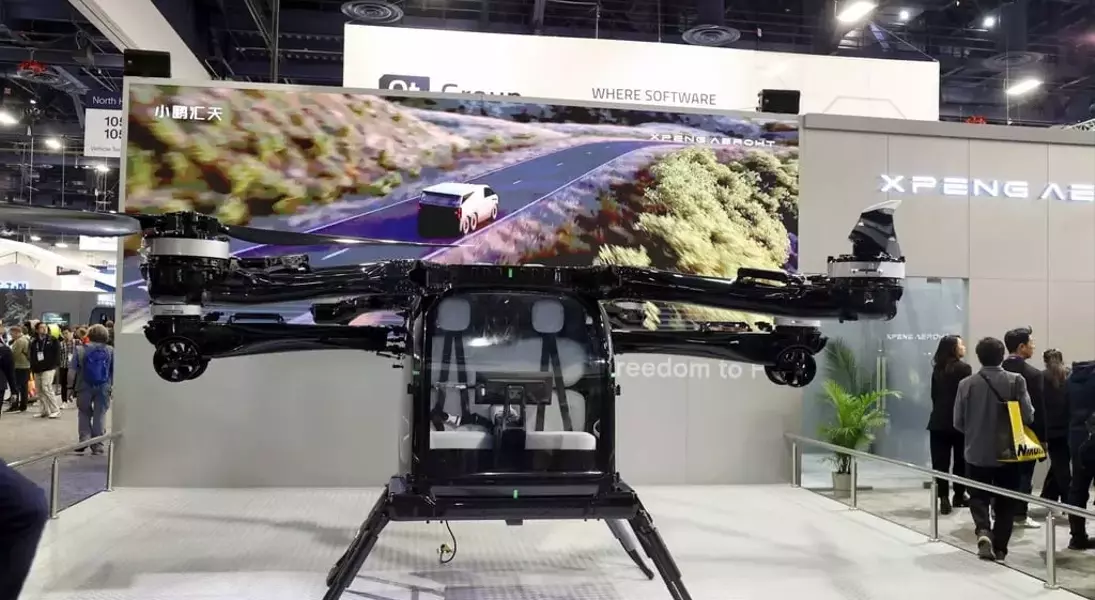




The annual Consumer Electronics Show (CES) in Las Vegas has always been a platform for groundbreaking innovations. This year, several remarkable advancements in the automotive sector were unveiled, showcasing how future vehicles might evolve. From Sony's entry into the electric vehicle market with its Afeela model to Honda's futuristic O-Series and Xpeng's ambitious flying car concept, these developments promise significant changes in mobility. These innovations not only highlight the shift towards electrification but also emphasize the integration of cutting-edge technology in enhancing user experience.
Sony's Foray into Electric Vehicles
The automotive landscape is set to welcome Sony's Afeela, marking the company's debut in electric vehicles. Positioned as a premium offering, this model introduces a new era of luxury and performance. With an initial price point starting at $89,000, it aims to cater to discerning customers who value advanced technology and sustainability. The vehicle is scheduled for release in the United States by mid-2026, followed by global markets thereafter.
Delving deeper into Sony's Afeela, the vehicle embodies the convergence of automotive engineering and digital innovation. Equipped with state-of-the-art features, it promises an immersive driving experience. The interior boasts sophisticated infotainment systems and safety enhancements that leverage Sony's expertise in electronics. Moreover, the car's design integrates seamlessly with modern lifestyles, offering connectivity options that extend beyond traditional vehicular functions. By entering the EV market, Sony aims to redefine what it means to drive, blending luxury with environmental consciousness.
Pioneering New Frontiers in Automotive Design
Honda and Xpeng are pushing boundaries with their latest concepts, introducing vehicles that challenge conventional notions of transportation. Honda's O-Series presents two zero-emission models—a limousine and an SUV—highlighting the brand's commitment to sustainable mobility. Meanwhile, Xpeng's modular flying car showcases an innovative approach to aerial travel, potentially revolutionizing urban commuting.
Honda's O-Series exemplifies the fusion of style and functionality. The limousine and SUV variants feature wraparound screens that envelop the dashboard and rear seating area, creating an immersive environment for passengers. This focus on infotainment underscores Honda's dedication to delivering a superior user experience. On the other hand, Xpeng's modular flying car, known as the Land Aircraft Carrier, represents a bold leap forward. Developed by AeroHT, this vehicle can transition between road and air modes effortlessly. Already garnering over 3,000 pre-orders, it could become the world's first mass-produced flying car. The carrier ground vehicle acts as a mobile launchpad, transporting the air module to designated sites for vertical take-off and landing. Upon completion of flights, the module reattaches seamlessly, ensuring a smooth transition back to road travel. These innovations signal a transformative era in personal transportation, where the boundaries between land and air blur.
